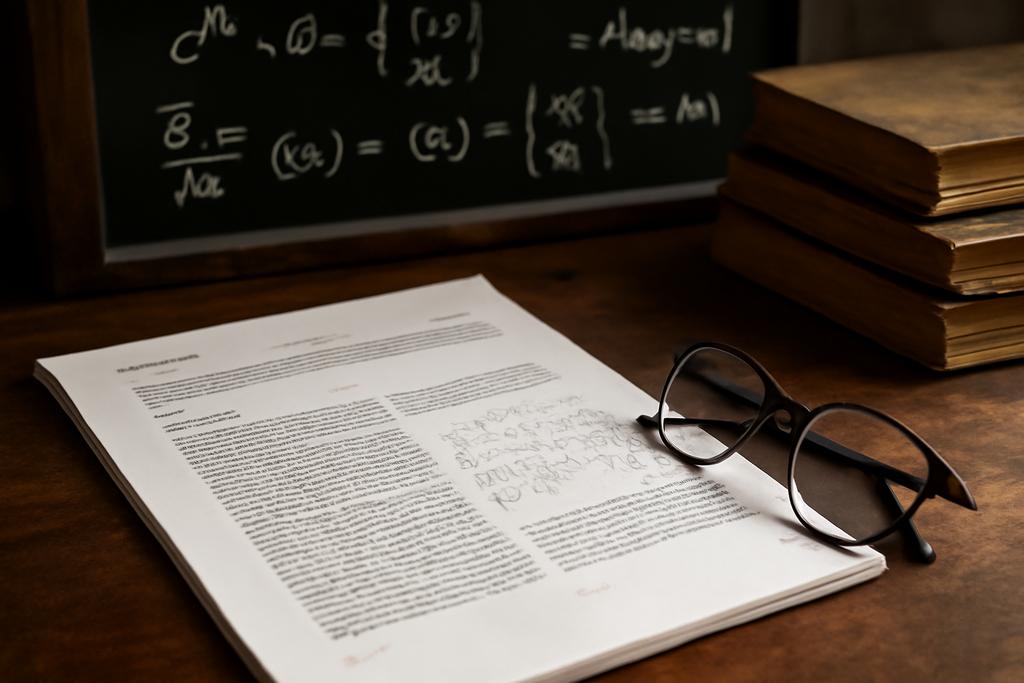Theoretical physics often feels like trying to read the genome of reality in a language that shifts shape when you blink. Planar N = 4 supersymmetric Yang–Mills (SYM) is one of those languages: exquisitely symmetric, shockingly intricate, and textually full of hidden patterns. In this landscape, a method called Separation of Variables (SoV) promises to turn the tangled forest of quantum states into a constellation of simple building blocks called Q-functions. A new paper from DESY Hamburg and collaborators in Turin, led by Till Bargheer and his colleagues, pushes that program forward by showing how these Q-functions can be made orthogonal to each other—at least up to the moment wrapping effects bite. That is, before the finite-size corrections that complicate the story kick in, there’s a universal way to distinguish different states by their Q-functions. It’s as if a musical score suddenly reveals a reliable rhythm, even as the orchestra swells beyond the conductor’s immediate reach.
Orthogonality in this setting isn’t just a neat trick; it’s a structural cornerstone for computing correlation functions—the observable fingerprints of the theory. The paper anchors its claim in the sl(2) sector of the theory, where operators are labeled by twist and spin, and where the mathematics of Baxter equations and Q-systems has a long lineage in integrable models. The researchers show that there exist universal, finite-coupling measures that, when paired with carefully chosen Q-functions, force the inner product of two distinct states to vanish order by order in perturbation theory, at least before wrapping corrections appear. In other words, they map out a clean, perturbative orthogonality that could serve as a guiding light for extending SoV to other sectors and perhaps other integrable theories as well. The authors behind this advance are Till Bargheer, Carlos Bercini, Andrea Cavaglià, Davide Lai, and Paul Ryan, working at DESY in Hamburg and affiliated with the University of Turin and INFN. They present a program that is as technically intricate as it is conceptually compelling: a blend of old Baxter machinery, modern Quantum Spectral Curve elements, and new ideas about how to count and cancel the residues that pop up when you try to shift integration contours in complex planes.










